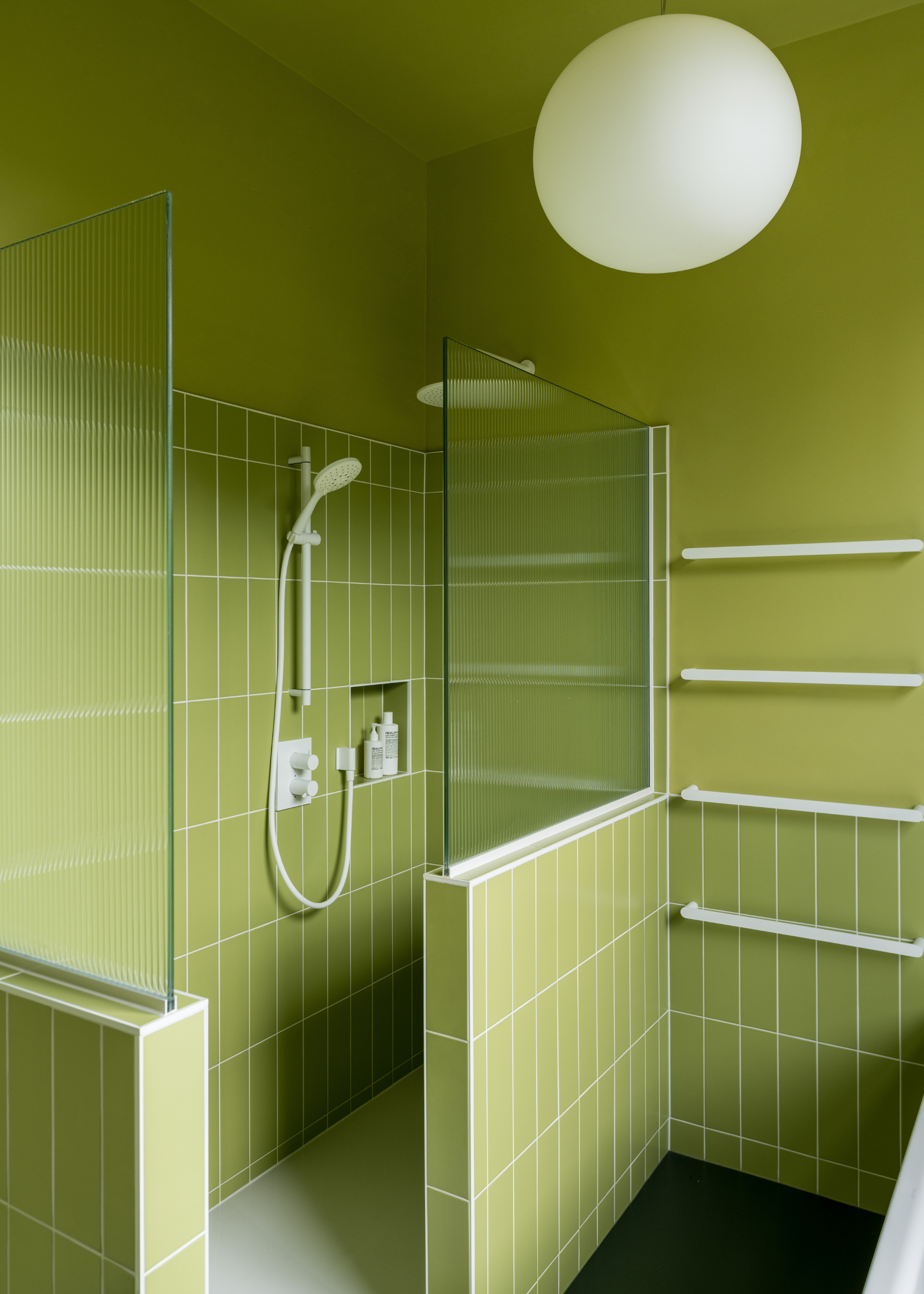
Have you ever spent a whole day cleaning up, and the next day you feel like you're right back to square one in a home that feels like it hasn't been tidied in weeks? Well, chances are it's not you but your home at fault.
Turns out, there are a couple of dirt magnet design mistakes that happen to be popular features across many homes, and these culprits catch dust and contribute to making a mess of your space and upend your household cleaning schedule. Some of them are easy to fix, while others might need a little bit of extra help.
But if it feels like the latter, then there are still some things you can do in the meantime to help your home stay clean. So let's explore these typical dirt magnets and how to reverse their damage.
1. Open Shelving in Kitchens and Bathrooms

"No matter how clean the house is, when we cook, we aerosolize microscopic grease," says cleaning expert Daniela Cortez. "Even clean homes will have grease and dust on open shelves."
She explains that this natural grease combines with the dust and can leave behind a sticky film on dishes, glass, and decor. "If exposed kitchen shelves aren't wiped down every week, the grease layer gets thicker and harder to remove, too," she adds.
And Taylor Riley, cleaning expert at AMR US Clean, tells me that bathrooms aren’t much better either. "Lint from towels and moisture in the air cling to exposed shelves," he says. "If you love the look, limit open shelving to items you actually use and wash often, and make sure it’s not above a stove or sink."
And for now, I recommend using the Scrub Daddy Damp Duster and the Method All Purpose Limited Edition Cleaner to help curb dust in your kitchen and bathroom.
2. Deep, Dark Grout and Light Tiles

"Grout is porous by nature, which means it acts like a sponge for spills and grime," says Taylor. "When the grout is deep or overly textured, it traps even more dirt and makes mopping difficult."
So when it comes to picking the best grout color for bathrooms, Taylor advises against darker shades that disguise dirt and instead recommends a tint that will help you keep your bathing space clean.
"Light-colored grout is especially unforgiving because every stain is visible," he says. "If you’re set on tile, choose a larger format tile with minimal grout lines, and seal the grout from day one to make it less absorbent."
A grout treatment like this ATTITUDE Bathroom Cleaner Spray and this Natural Elements Eco Friendly Cleaning Brush will go a long way.
3. Ornate, Trim, Moulding and Textured Surfaces

According to Taylor, as beautiful as crown molding, intricate baseboards, and heavily textured walls or ceilings are, they’re also notorious dust magnets. So before you invest in retaining or working on these design features, it's best to give it a second thought.
"Every ridge and groove collects debris, and because these areas are often out of reach, they’re easy to forget until the buildup is visible," he explains. "If you love trim work, go for simpler profiles that can be wiped quickly instead of carved or layered designs that require detailing."
And if it's visual texture you're after, elevate your living space by introducing textured decor in layers. From rugs to throw pillows and even limewash paint, there are plenty of low-maintenance options to pick from.
I recommend using the paintbrush method for cleaning, or this Extendable Feather Duster from Amazon to keep your crown molding clean.
4. Carpeted Stairways

"Staircases see constant foot traffic, and carpet fibers hold onto dirt, crumbs, and oils from shoes and bare feet," says Daniela. And while the idea of stepping onto soft, plush flooring is enticing at first, the upkeep is endless and exhausting.
"Plus, the edges and corners of carpeted staircases are extremely difficult to vacuum thoroughly," she explains. "And these embedded stains can be nearly impossible to remove without professional cleaning."
Instead, you can opt for staircase runners or do away with carpeting entirely and embrace a natural wood stairway, in keeping with this year's staircase trends.
5. Heavy Window Drapes

Another unassuming dirt magnet that could be catching dust and holding it captive in your home is heavy window treatments. Knowing when not to use window coverings is the first step to overcoming this design red flag.
"Thick curtains, especially those made from textured fabrics like velvet, attract and hold onto dust, pet hair, and allergens," says Daniela. "Because they are cumbersome to take down and wash, they often go too long between cleanings, affecting both cleanliness and indoor air quality."
Instead, consider opting for lighter, more manageable window treatments like blinds. And if you're loving the curtain trends of the year, and aren't willing to forego this treatment, then remember to wash them on a regular basis.
Cleaning Books to Help You Tidy
Format: Hardcover
From the icon herself comes a book with everything you need to know about properly caring for your home.
Format: Hardcover
Marie Kondo is renowned in the world of tidying, and this book will give you a peek into the expert techniques she relies on to maintain a healthy home.
Format: Paperback
In this book, Ann Russell details what to do when you're cleaning your home and, more importantly, what not to do, too.
FAQs
What Is the Most Neglected Part of a House?
Blinds and window sills are the most neglected part of a house. Since these treatments are meant to keep dust and light out, and they are typically viewed as a part of the home that doesn't need upkeep, they're often left to collect dirt.
Areas out of reach and tricky nooks and corners also end up being neglected while cleaning a home. Plus, air vents and exhaust fans. So, if you haven't seen to these areas and items in a while, now's the time to give them a proper cleaning.
If you've reached the end of this article feeling overwhelmed and worried over the tidiness of your home, don't worry. All you need now is a household cleaning schedule and some supplies, preferably designer-approved cleaning products and tools, to help you get your home looking good as new.







